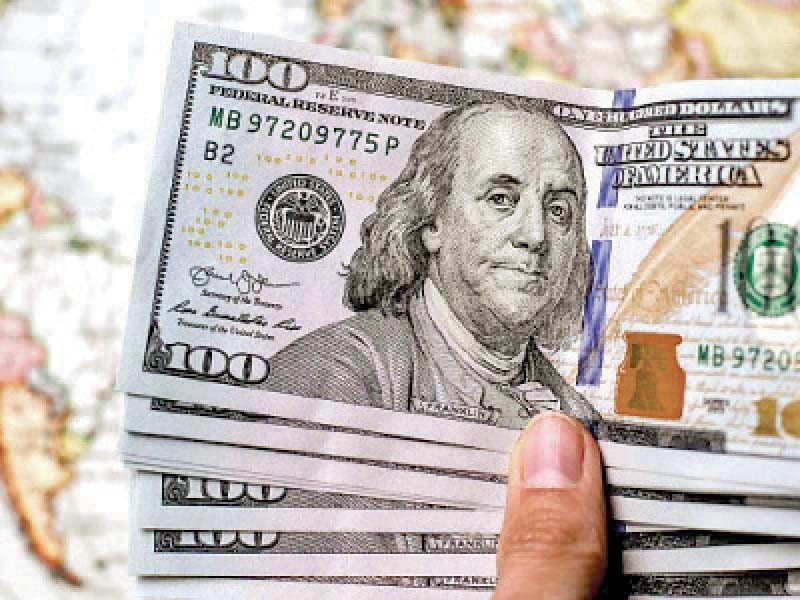
The market-based exchange rate system is defending the rupee against the US dollar, controlling current account deficit and ensuring sustainable economic growth as the central bank makes efforts to enhance the supply of dollars in the foreign exchange market.
“I want to remind the audience that the market-based exchange rate system is supporting our growth and ensuring its sustainability,” State Bank of Pakistan (SBP) Governor Reza Baqir said while addressing the Banking Award ceremony on Friday.
Pakistan achieved economic growth of 4% in previous fiscal year 2020-21 and the country expects an expansion of close to 5% this year.
The new exchange rate system was introduced in June 2019. Since its implementation, “it has played the role of a shock absorber as it ensures that the current account deficit does not grow,” he said.
“This is an asset for the country because when the current account weakens, the market-based exchange rate shows a two-way movement, which helps in keeping the external position sustainable.”
The market-based exchange rate system is affected by the forces of demand and supply of foreign exchange in the inter-bank market. The demand for foreign exchange is growing as the country’s economy is widening and imports are on the rise.
On top of that, the global commodity prices are rising sharply at an unfortunate time.
To ensure orderly conditions in the market, the State Bank made efforts to enhance the supply of foreign exchange and “these measures are designed in a way that when demand increases, supply ticks up as well”, he said.
Baqir added that in the market-based exchange rate system, the market forces determined the rupee-dollar parity.
Elaborating on the measures taken to increase the supply of foreign exchange, he said that a concessionary financing scheme for exporters was launched by the State Bank while a massive chunk of the Temporary Economic Refinance Facility (TERF) was availed to increase foreign shipments.
“When the capacity comes on line, we hope that our export earnings will increase at a significantly higher pace compared to the past,” he said. “Greater export earnings mean a higher supply of foreign exchange in the market, which helps in easing pressure off the rupee,” he said.
The central bank has taken initiatives to increase the flow of workers’ remittances, which grew 27% to $29 billion in the previous fiscal year.
These kinds of initiatives increased the foreign exchange supply and reduced pressure on the local currency, he said.
Overseas Pakistanis have invested $2.7 billion in Pakistan through the Roshan Digital Account (RDA), which is an initiative of the central bank.
“This scheme has increased supply of foreign exchange and reduced pressure on the rupee,” the SBP governor said. “Market-based exchange rate will ensure sustainability of our external position.”
Published in The Express Tribune, October 31st, 2021.
Like Business on Facebook, follow @TribuneBiz on Twitter to stay informed and join in the conversation.







1719053250-0/BeFunky-collage-(5)1719053250-0-270x192.webp)










COMMENTS (1)
Comments are moderated and generally will be posted if they are on-topic and not abusive.
For more information, please see our Comments FAQ